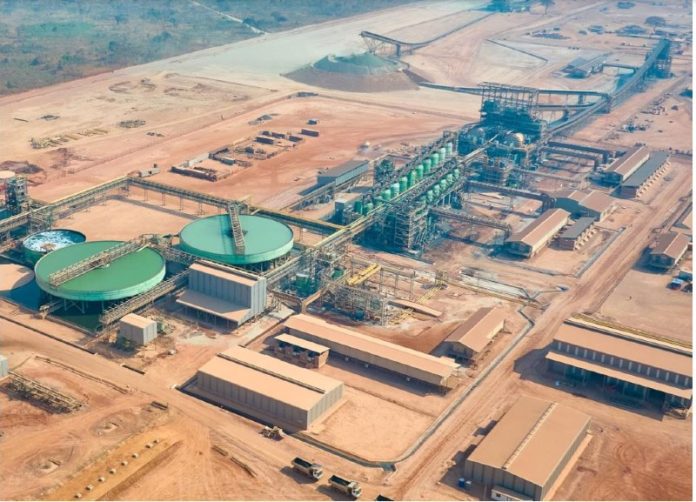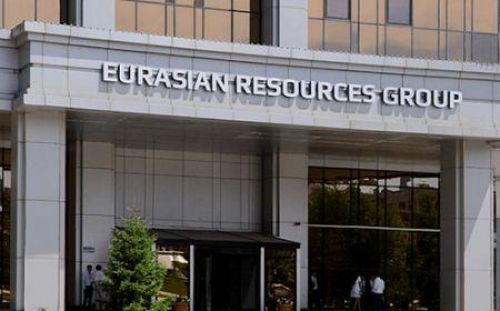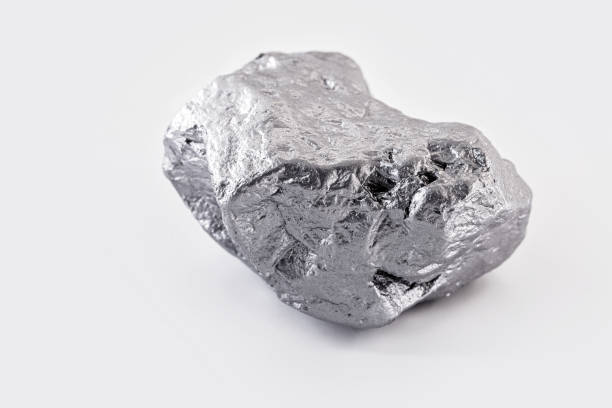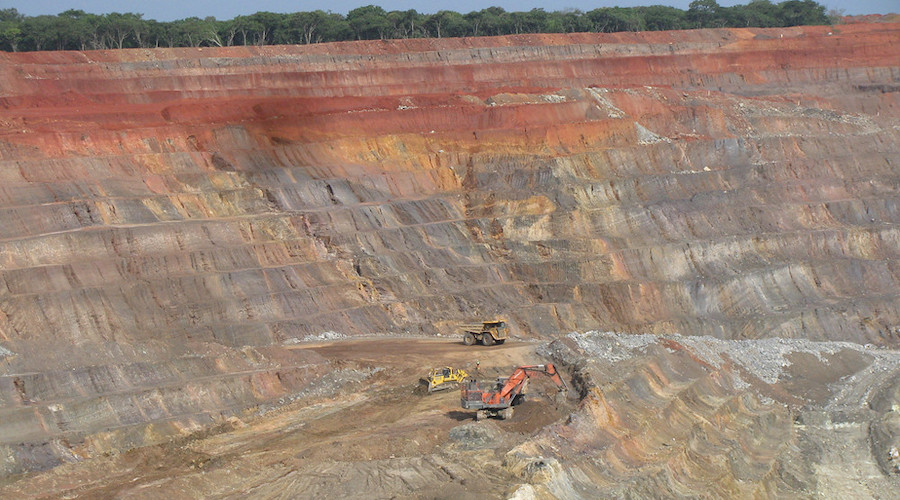Base Metals

Lotus Restarts Kayelekera Uranium Mine in Malawi Following 11 Years of Closure

The Kayelekera uranium mine in Malawi was put on hold in 2014 following a decline in uranium prices. Nearly ten years later, its new owner has injected $50 million to restart operations, spurred by a renewed global interest in civil nuclear energy.
On August 14, Australian mining firm Lotus Resources confirmed the official reopening of Kayelekera. The inauguration ceremony, held earlier this week, was attended by Malawian President Lazarus Chakwera, marking 11 years since mining activities had been suspended at the site.
Operations were initially halted by previous owner Paladin Energy in 2014 due to low market prices. After acquiring the mine in 2020, Lotus Resources allocated $50 million towards a project to revive production, targeting a relaunch in Q3 2025. The company now announces that mining has successfully resumed.Currently, the plant is utilizing 300,000 tonnes of ore that were stockpiled in advance, pending the formal start of mining operations. Once fully up and running, Kayelekera is expected to produce around 2.4 million pounds of uranium annually over a lifespan of 10 years, allowing Lotus to leverage the growing demand for civil nuclear power.
According to the World Nuclear Association, uranium demand worldwide will increase by 28% by 2030 and nearly double by 2040 as nuclear power plants become integral to the energy transition. This trend has already led to yellowcake prices surpassing the significant $100 per pound mark on the spot market in early 2024 — a milestone not reached since 2007.
Lotus has already secured part of its future output through sales contracts with several U.S.-based firms, including Curzon Uranium. Malawi will also benefit as the host country, receiving dividends due to its 15% ownership in the project. Besides, Lotus must pay a 5% royalty as well as corporate taxes at 30%.












